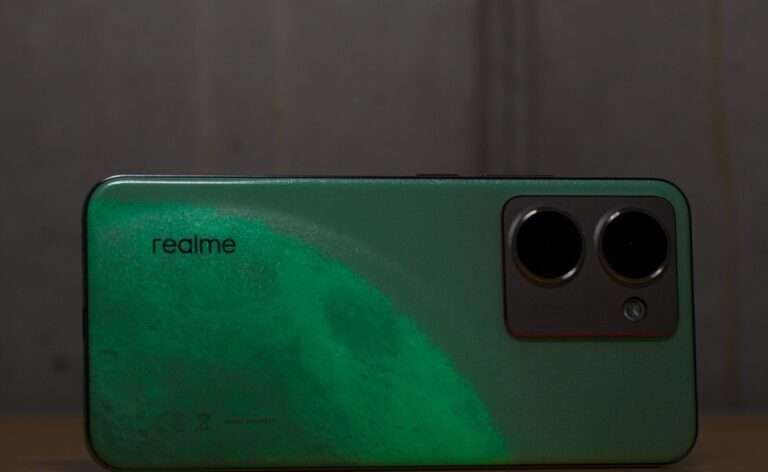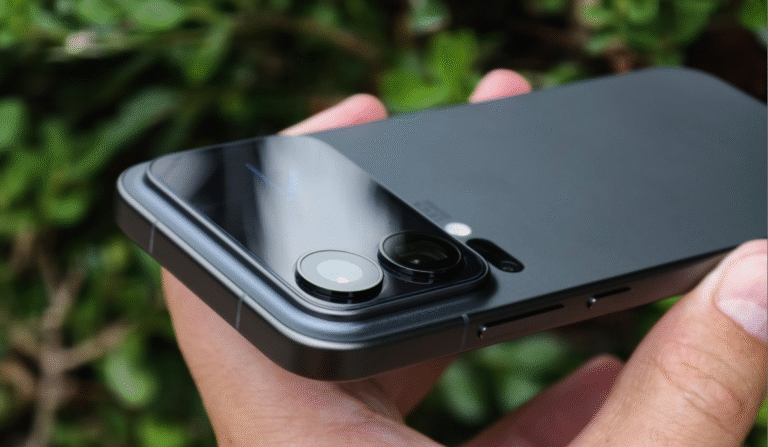
Public Transportation Upgrades and Expansions in Pakistan 2025
|
Getting your Trinity Audio player ready...
|
Public transport is not just a service in Pakistan—it’s zarurat. From college students in Lahore to factory workers in Sialkot, millions depend on buses, trains, and metros every single day. But with rising petrol prices (PKR 7 per litre increase in 2024!) and growing traffic in every city, transport needs a major update. Luckily, 2025 is bringing real improvements—more buses, better routes, and safer travel options. Here’s a simple breakdown of what’s new, what’s helpful, and where you’ll feel the change.
Why Better Transport Matters to Everyday Pakistanis
Think about it: Pakistan’s population crossed 240 million in 2024, and our roads are jam-packed! If you’re stuck in Saddar, Lahore’s Jail Road, or Rawalpindi’s Murree Road, you know the pain of long travel times. Upgraded public transport helps you:
- Reach the office or university faster
- Save fuel costs (Careem rides aren’t cheap anymore!)
- Breathe cleaner air with eco-friendly buses
- Stay safer, especially for women and school kids
Also, let’s not forget that affordable transport gives relief to low-income families who often spend PKR 500–2000 monthly on travel.
Balochistan’s Brand New Buses
What’s New:
In 2025, 21 new buses (including 4 pink ones just for women) will hit the roads of Quetta and Turbat. They’ll connect important areas like Kuchlak to Mianghundi and Kolchak to Dasht.
Why It Helps:
Women get safer travel options, and people in remote towns finally get direct access to schools, colleges, and hospitals.
Where to Look:
Keep an eye on ProPakistani.pk for updates.
Peshawar’s Zu BRT is Growing
What’s New:
The government is extending the Zu Peshawar BRT system to cover Khyber and Warsak roads.
Why It Helps:
Zu already moves around 2.5 lakh people daily using hybrid buses. The extension means less traffic and shorter rides—plus, it’s cutting pollution by thousands of tons each year.
Savings:
BRT tickets are just PKR 20–50, compared to rickshaws that charge over PKR 100.
Islamabad’s 13 New Bus Routes
What’s New:
The Capital Development Authority (CDA) is starting 13 new routes connecting areas like G-13, I-9, Rawat, and more.
Why It Helps:
These buses will benefit people who previously had no access to affordable transport in sectors like I-10 and Bhara Kahu. These new buses offer a comfortable and cleaner ride.
Travel Cost:
Expect PKR 30–60 fares—much cheaper than carpooling or private vans.
Karachi’s Green Line Gets Bigger
What’s New:
Karachi’s Green Line BRT, already serving over 50,000 people daily, is adding new routes and more buses to reach areas like Surjani Town and Korangi.
Why It Helps:
This is a big help for office workers and factory staff who spend a lot on daily transport. It also reduces waiting times and travel fatigue in the city of lights.
Estimated Fare:
Just PKR 15–55, a big saving compared to private transport costs.
Pakistan Railways – Back on Track
What’s New:
Pakistan Railways is upgrading its 7,791 km long track system, fixing 14,570 old bridges, and introducing better trains for both cargo and passengers.
Why It Helps:
You’ll see faster journeys between big cities like Lahore, Faisalabad, and Rawalpindi. New freight trains mean better business for traders too.
Budget-Friendly:
Long-distance train tickets are PKR 500–2,000, while bus alternatives cost 1.5x more.
Smart Travel Tips for Pakistanis
✅ Plan Routes Online: Use travel apps like Daewoo Express or Faisal Movers on Daraz to check timing or book tickets.
✅ Save Money: Always prefer BRT/metro—riding daily saves PKR 500–2,000 monthly!
✅ Travel Safe: Use pink buses or ladies sections whenever possible.
✅ Stay Powered: Carry a power bank (PKR 1,500 from PriceOye.pk)—especially helpful during load-shedding.
✅ Buy Local: Markets like Saddar Karachi or Anarkali Lahore sell SIM cards and bus passes for easy app access.
✅ Stay Informed: Follow ProPakistani.pk and tribune.com.pk for transport alerts.
Final Thoughts – Public Transport is Finally Moving Forward
Pakistan’s transport system in 2025 is finally getting a much-needed upgrade. Whether you’re a college student in Rawalpindi or a nurse in Quetta, these new buses, trains, and routes are designed to make your life easier. From saving money to safer rides, it’s a win for everyone. Want the latest info? Just check ProPakistani.pk or The Express Tribune and keep traveling smart!



